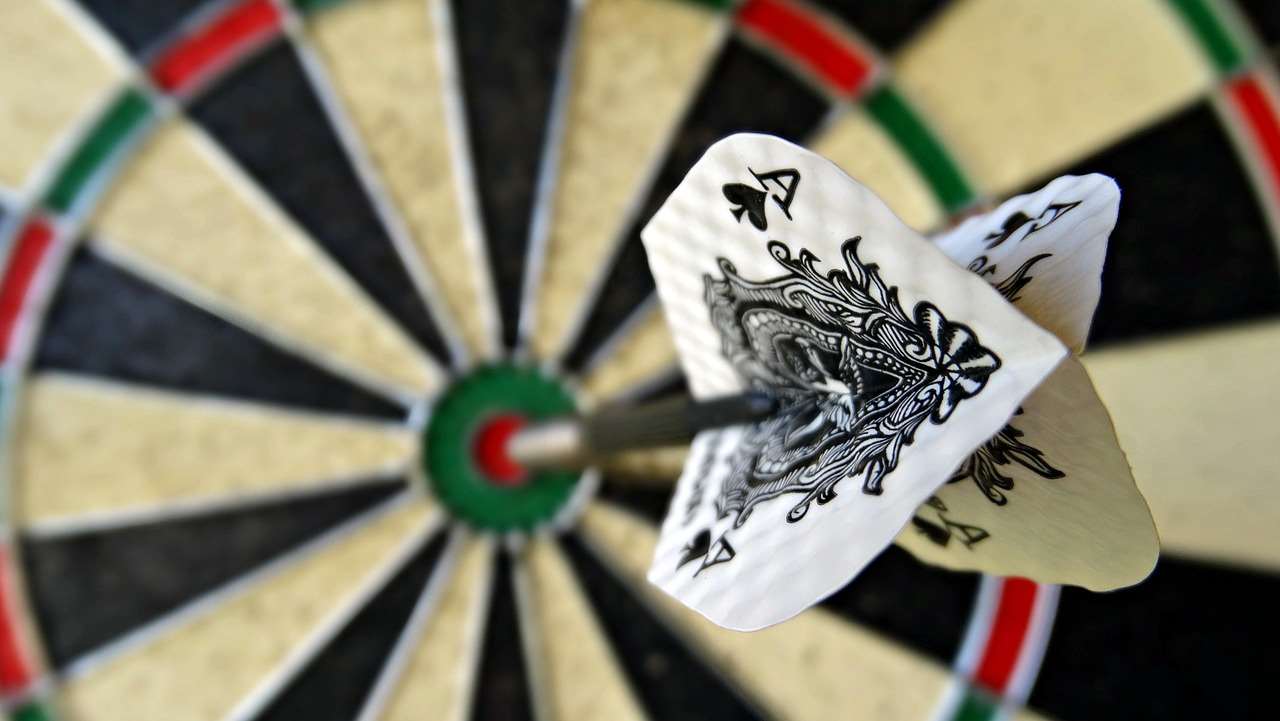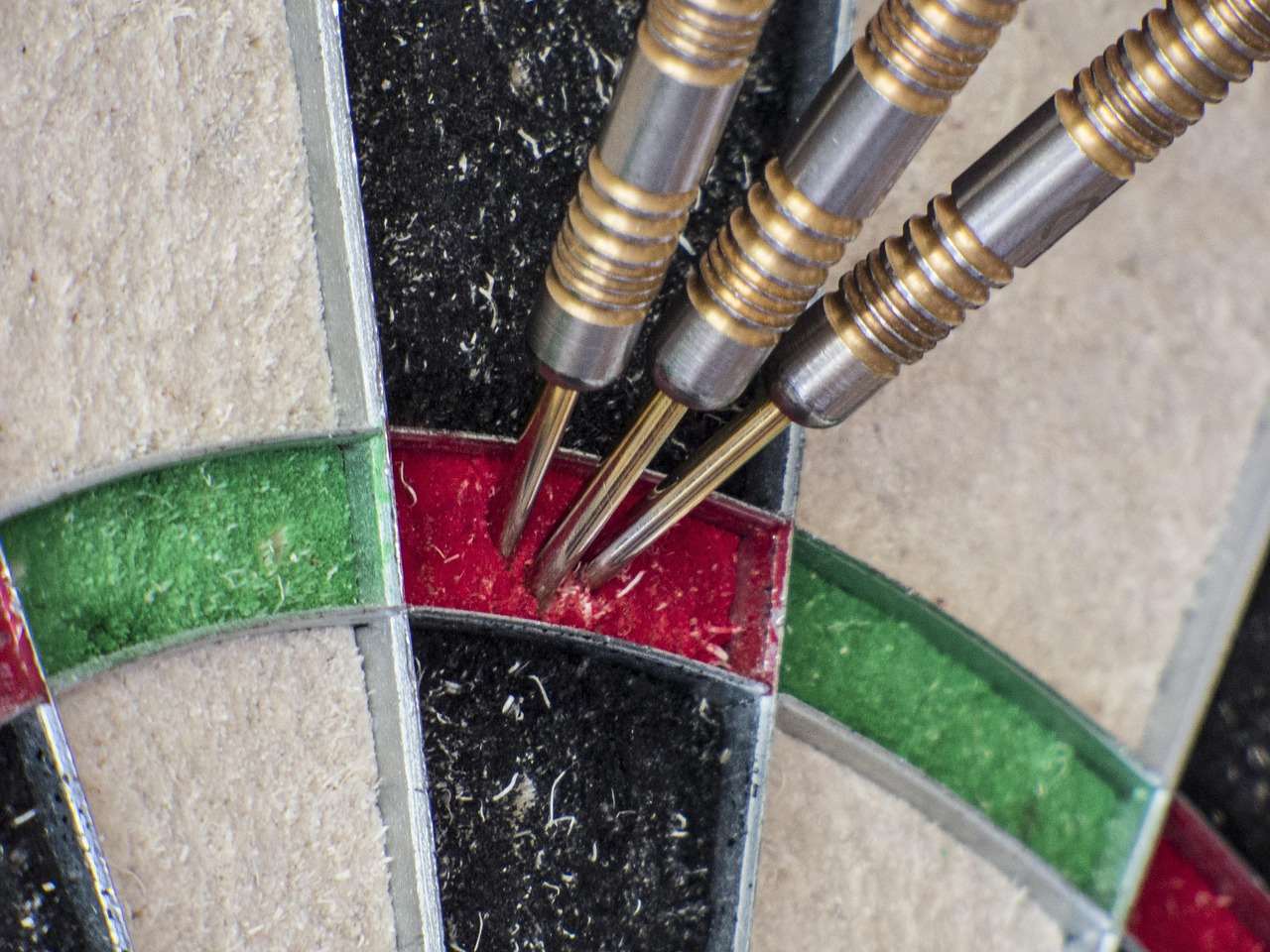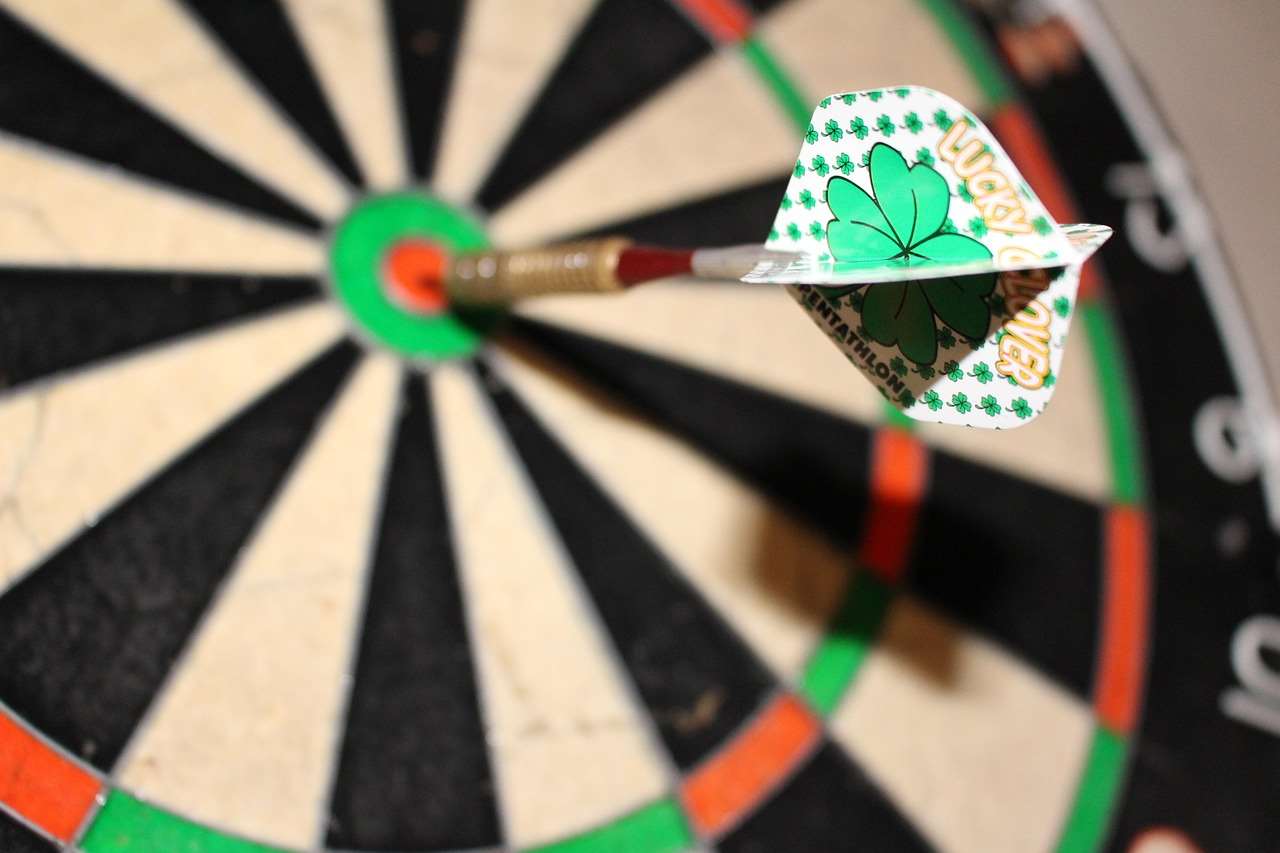Practicing good darts etiquette for players with disabilities ensures a welcoming and inclusive environment for everyone involved, making the game enjoyable regardless of physical or cognitive differences. This article explores essential considerations for fostering respect, understanding, and fair play in darts, covering everything from accessibility to communication and rule adaptations.
⚠️ Still Using Pen & Paper (or a Chalkboard)?! ⚠️
Step into the future! The Dart Counter App handles all the scoring, suggests checkouts, and tracks your stats automatically. It's easier than you think!
Try the Smart Dart Counter App FREE!Ready for an upgrade? Click above!
Understanding Accessibility in Darts for Everyone
Creating an inclusive environment starts with addressing accessibility. This goes beyond just physical access to the oche (throwing line). It includes considering the diverse needs of players with varying disabilities, ensuring they can participate comfortably and fairly. This can include offering various grip techniques as outlined in Basic Darts Fundamentals for Beginners.
- Ramps and Accessible Oches: Ensuring level access to the throwing area is crucial. Portable ramps or adjustable oches can accommodate wheelchair users or those with mobility limitations.
- Modified Dartboards: While standard dartboard heights are the norm, adjustments may be necessary. A lower dartboard placement may be required to allow access for wheelchair users or players with limited reach. Always ensure the new height doesn’t give an unfair advantage.
- Adequate Lighting: Good lighting is essential for all players, but particularly important for those with visual impairments. Ensure the dartboard is well-lit and free from glare.

Communicating Accessibility Needs
Open communication is key. Before a match, ask players if they require any specific accommodations. Be proactive and understanding. Remember, everyone’s needs are different, and what works for one person may not work for another. Respecting individual needs is paramount to good sportsmanship.
Specific Darts Etiquette Considerations
Beyond accessibility, specific aspects of darts etiquette for players with disabilities need careful consideration. This includes how we interact, offer assistance, and adapt traditional rules.
Respectful Interaction and Language
Treat all players with respect, regardless of their abilities. Avoid making assumptions about what someone can or cannot do. Use person-first language (e.g., “a player with a visual impairment” rather than “a visually impaired player”). Be mindful of your tone and body language. Encourage a positive and supportive atmosphere.

Offering Assistance Without Being Patronizing
It’s natural to want to help, but offer assistance thoughtfully. Always ask before offering help, and respect the person’s decision if they decline. Avoid being overly helpful or intrusive. Allow players to maintain their independence and dignity. For instance, if a player struggles to retrieve darts, offer to assist, but don’t assume they need help.
Adapting Rules for Fair Play
In some cases, modifying the rules may be necessary to ensure fair play. This should be done in consultation with the player and with the agreement of all participants. Some common adaptations include:
- Foot Placement: Allowing a player to use a footstool or other aid to reach the oche.
- Assisted Throwing: If a player is unable to release the dart independently, they might require assistance. This needs to be agreed upon beforehand.
- Visual Aids: Allowing the use of magnifying glasses or other visual aids to see the dartboard more clearly.
Dealing with Visible and Invisible Disabilities
Remember that not all disabilities are visible. Some players may have cognitive impairments, learning disabilities, or mental health conditions. Be patient, understanding, and avoid making assumptions. If a player is having difficulty understanding the rules, take the time to explain them clearly and simply. You may also find similar advice about adapting rules in Adapting darts rules for beginners.

Promoting Inclusivity in Darts Competitions
Extending darts etiquette for players with disabilities to organized competitions is critical to broaden participation and enhance the competitive experience.
Ensuring Accessible Venues
Competition organizers must prioritize accessible venues. This includes ensuring ramps, accessible restrooms, and adequate space for maneuvering wheelchairs or other mobility aids. Information about accessibility should be clearly communicated in advance.
Clear Communication and Announcements
Make sure announcements are clear and easy to understand. Consider providing written information in large print or alternative formats for players with visual impairments. Use simple and concise language, especially when explaining rules or procedures. Additionally, make sure the referee or tournament director are well versed in possible rule modifications, such as found in How to make darts fairer with handicap rules.
Providing Support Personnel
Consider providing support personnel to assist players with disabilities. This could include volunteers to help with retrieving darts, providing visual assistance, or offering emotional support. Train these individuals on disability awareness and proper etiquette.

Fair Handicapping Systems
Implementing a fair handicapping system is essential to level the playing field. This allows players of different abilities to compete fairly. Handicapping systems should be transparent and consistently applied. Consider factors such as mobility, visual acuity, and cognitive abilities when determining handicaps. You might find information about fair play useful in an article about Modifying rules for mixed-level dart players.
Encouraging a Supportive Atmosphere
Cultivate a supportive and inclusive atmosphere at all competitions. Encourage spectators and other players to cheer on all participants, regardless of their abilities. Discourage any form of discrimination or harassment. Promote a sense of camaraderie and sportsmanship.
Best Practices for Fostering Inclusion
Beyond specific etiquette points, focusing on creating a holistic and inclusive darts environment will allow players with disabilities to feel comfortable and confident.
Disability Awareness Training
Providing disability awareness training for players, officials, and volunteers can significantly improve understanding and sensitivity. Training should cover topics such as disability etiquette, communication skills, and how to provide appropriate assistance.
Promoting Role Models
Highlighting the achievements of players with disabilities can inspire others and challenge stereotypes. Share their stories and successes to promote inclusivity and demonstrate that darts is a sport for everyone.

Gathering Feedback and Continuous Improvement
Regularly seek feedback from players with disabilities about their experiences. Use this feedback to identify areas for improvement and refine your inclusivity efforts. Show a commitment to continuous learning and growth.
Adapting equipment and techniques
In some cases, standard dart equipment can be a barrier to participation. Providing adapted equipment, such as darts with larger grips or lighter weights, can make the game more accessible. Moreover, adapted techniques may need to be allowed. Players who have adapted their stance or throwing style may need to be accommodated to the best extent possible.
The power of modification
The sport of darts may be modified in a way that doesn’t affect the basic premise of the game, yet is more inclusive of players with disabilities. For instance, if a player cannot stand, allowing them to throw from a seated position does not change the game, but improves access. Similarly, consider the advice given when Adapting darts rules for small spaces: tips and tricks; in what ways can the game be modified to ensure it can be played by everyone?
Conclusion
Adhering to darts etiquette for players with disabilities is paramount for creating a welcoming and inclusive sporting environment. By understanding accessibility needs, promoting respectful interaction, adapting rules for fair play, and fostering a supportive atmosphere, we can ensure that everyone has the opportunity to enjoy the game of darts. Remember, darts is a sport for all, and by embracing diversity and inclusivity, we can enrich the experience for everyone involved. So, practice empathy, be patient, and let’s all strive to make darts a truly inclusive sport! Are you ready to promote inclusive darts? Share this article and encourage your local darts community to adopt these practices!
Hi, I’m Dieter, and I created Dartcounter (Dartcounterapp.com). My motivation wasn’t being a darts expert – quite the opposite! When I first started playing, I loved the game but found keeping accurate scores and tracking stats difficult and distracting.
I figured I couldn’t be the only one struggling with this. So, I decided to build a solution: an easy-to-use application that everyone, no matter their experience level, could use to manage scoring effortlessly.
My goal for Dartcounter was simple: let the app handle the numbers – the scoring, the averages, the stats, even checkout suggestions – so players could focus purely on their throw and enjoying the game. It began as a way to solve my own beginner’s problem, and I’m thrilled it has grown into a helpful tool for the wider darts community.